1. Input
1.1. Keyboard
1.1.1. Quick and easy to use
1.1.2. Highly visible and the most traditional input method on Computers
1.2. Scanners/Cameras
1.2.1. Scanners give you the ability to take a document and make an exact replica on your CPU device.
1.2.2. Web and Digital Cameras are useful for quick and easy personal portraits, or custom items.
1.3. Voice Command Software
1.3.1. One of the newer additions to computer software.
1.3.2. Allows the user to input information into the computer the same as with the traditional keyboard, without the hassle of typing.
2. Problems
2.1. Keyboard
2.1.1. The manual labor of typing can seem to be a minor issue, but repetitive typing can cause problems in your hands and wrist.
2.2. Scanners/Cameras
2.2.1. Just like with printers, scanners and digital camera require a certain degree of technical expertise in order to operate these tools at their maximum potential.
2.3. Voice Cammand Software
2.3.1. With voice software, most interactive systems have the ability to recognize certain speakers speech patterns, but others do not. When interacting with a program like this, the speaker more often then not finds him/her self speaking like a "robot" just so that the computer can understand and interpret them properly.
3. Problems
3.1. Monitors
3.1.1. Monitors, although they are the most traditional form of output can be heavy and bulky. Also older versions produce a great amout of heat.
3.2. Printers
3.2.1. Printers jam very easily, and involve a certain degree of computer knowledge to effectly troubleshoot and solve consistant jamming or connectivity issues.
3.3. Speakers
3.3.1. Speakers are great tools for the user, but can be a public menace for those who are not involved in that particular lesson.
4. Output
4.1. Monitors
4.1.1. Computer monitors are another very traditional output method used for viewing processed computer data.
4.2. Printers
4.2.1. Printers allow the user to create a tangible copy of the digital images/documents created using the computer system.
4.3. Speakers
4.3.1. Allows the user to hear and interpret commands, or actions given to or performed by the computer programming.
